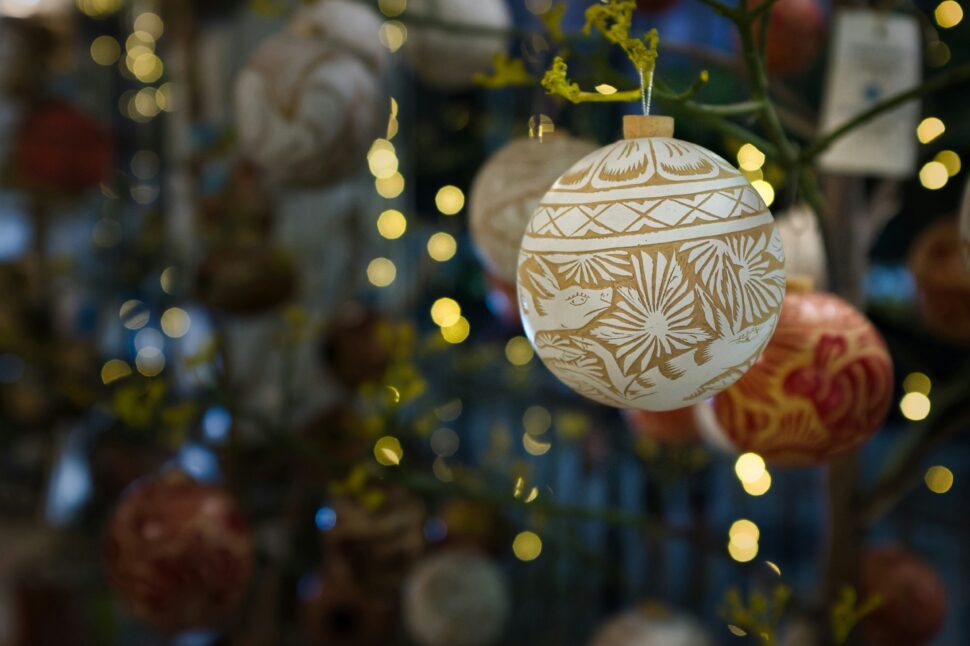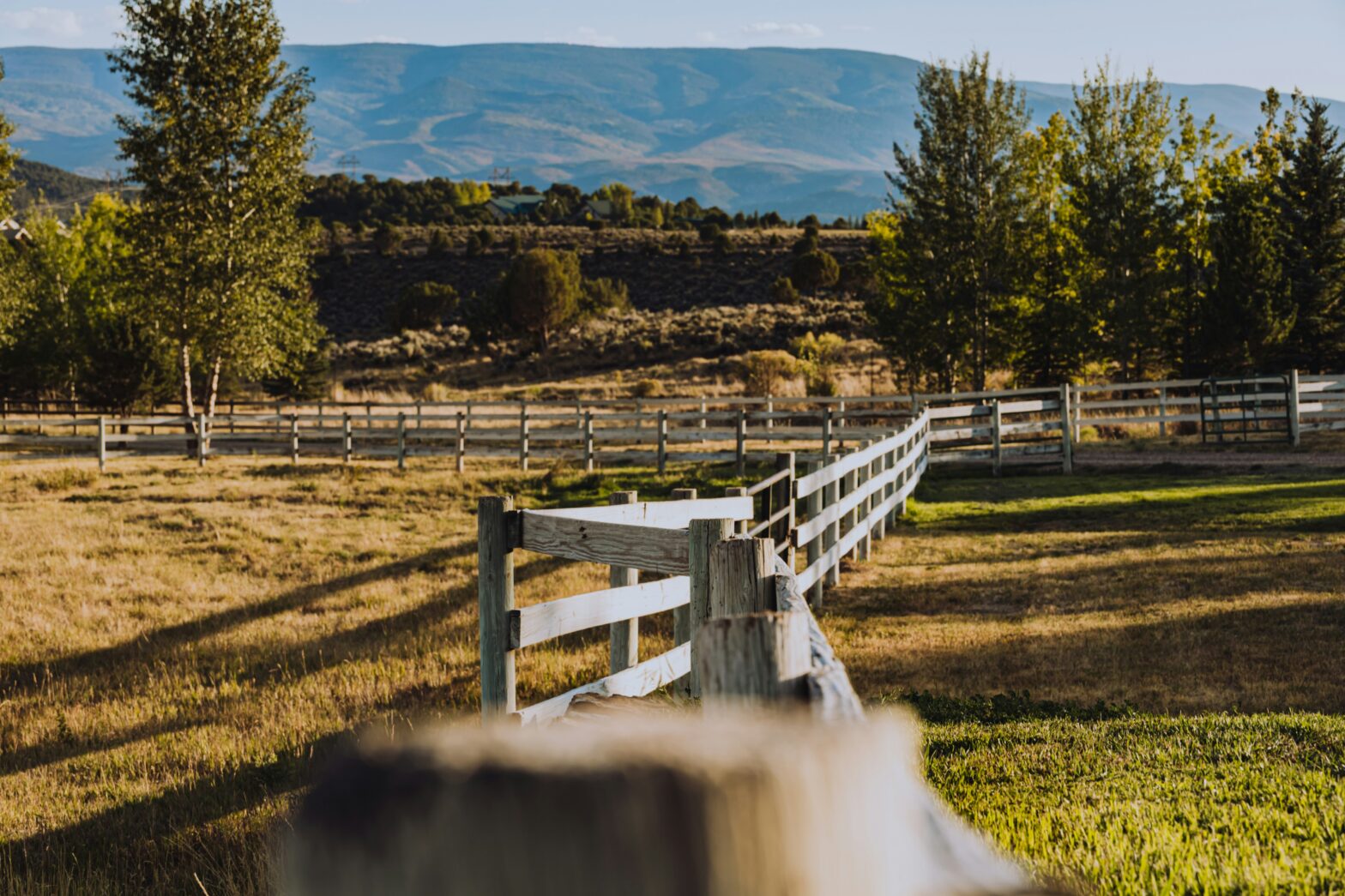Christmas in Mexico blends deep-rooted traditions, delicious food, and lively celebrations. From the colorful posadas to midnight masses and festive feasts, spending the holidays in Mexico is a break from tradition for many. If you’re looking for travel tips on celebrating the right way in this country, here’s your guide to how Christmas is celebrated in Mexico and the best ways to join in the festive spirit.

Holiday Festivities of Las Posadas
Las Posadas, one of Mexico’s most cherished Christmas traditions, takes place from December 16th to December 24th. These nightly processions reenact Mary and Joseph’s search for lodging in Bethlehem. Participants walk through neighborhoods singing carols (“villancicos”) and carrying candles, often ending the evening with a gathering featuring prayer, piñatas, and traditional Mexican Christmas food like tamales and ponche.
If you’re visiting Mexico during this time, ask locals about public posadas you can join. Cities like San Miguel de Allende and Oaxaca offer particularly enchanting celebrations, complete with music and festive decorations.
Indulge in Traditional Mexican Christmas Dishes
Food is a must for Christmas in Mexico. During Nochebuena (Christmas Eve), families gather for a grand feast that often includes dishes like:
- Tamales: Corn dough stuffed with savory or sweet fillings, wrapped in corn husks and steamed.
- Pozole: A hearty hominy stew flavored with pork or chicken and garnished with radishes, lettuce, lime, and chili.
- Buñuelos: Sweet, crispy fritters sprinkled with cinnamon sugar or served with syrup.
- Ponche Navideño: A warm fruit punch made with seasonal ingredients like guava, tamarind, and tejocote.
For a full culinary experience, visit local Christmas markets in cities like Mexico City or Guadalajara, where you can sample these festive treats.
Visit Mexico Nativity Scenes
Nativity scenes, or “Nacimientos,” are a cornerstone of Mexican Christmas decorations. These elaborate displays range from small setups in private homes to life-size installations in public plazas. The Baby Jesus figure is traditionally added on Christmas Eve, symbolizing his birth.
Be sure to explore famous nativity scenes in places like Puebla or Guanajuato. Many include intricate details and figures, showcasing the creativity and devotion of local artisans.
Experience Midnight Mass (Misa de Gallo)
On Christmas Eve, the faithful attend Midnight Mass, known as “Misa de Gallo” (Mass of the Rooster). This solemn yet festive service celebrates the birth of Christ, with hymns, prayers, and candlelight. Following the mass, families return home to continue celebrating with their Nochebuena feast.
For a unique experience, attend mass in a historic cathedral, such as the Metropolitan Cathedral in Mexico City or the Basilica of Our Lady of Guadalupe.
Celebrate Christmas Day and Beyond
While Nochebuena is the highlight of the holiday season, Christmas Day in Mexico is typically quieter, with families resting and enjoying time together. The festive season continues into January with Día de Reyes (Three Kings’ Day) on January 6th, when children receive gifts and families share a “Rosca de Reyes” (King’s Cake).
Best Places to Celebrate Christmas in Mexico
- Oaxaca: Famous for its Noche de Rábanos (Night of the Radishes), where artisans carve intricate radish sculptures.
- San Miguel de Allende: Known for its picturesque posadas and festive parades.
- Mexico City: Home to dazzling Christmas lights, markets, and ice-skating rinks.
- Cancún: Perfect for a warm-weather Christmas by the beach, blending relaxation with cultural festivities.
How to Celebrate Christmas in Mexico
Celebrating Christmas in Mexico is an enchanting mix of faith, family, and festivity. Do your research. Whether you’re enjoying a beachside escape in Cancún or participating in posadas in Oaxaca, the holiday season here offers something for everyone. Book your trip early, and celebrate this Christmas season in Mexico the right way.





